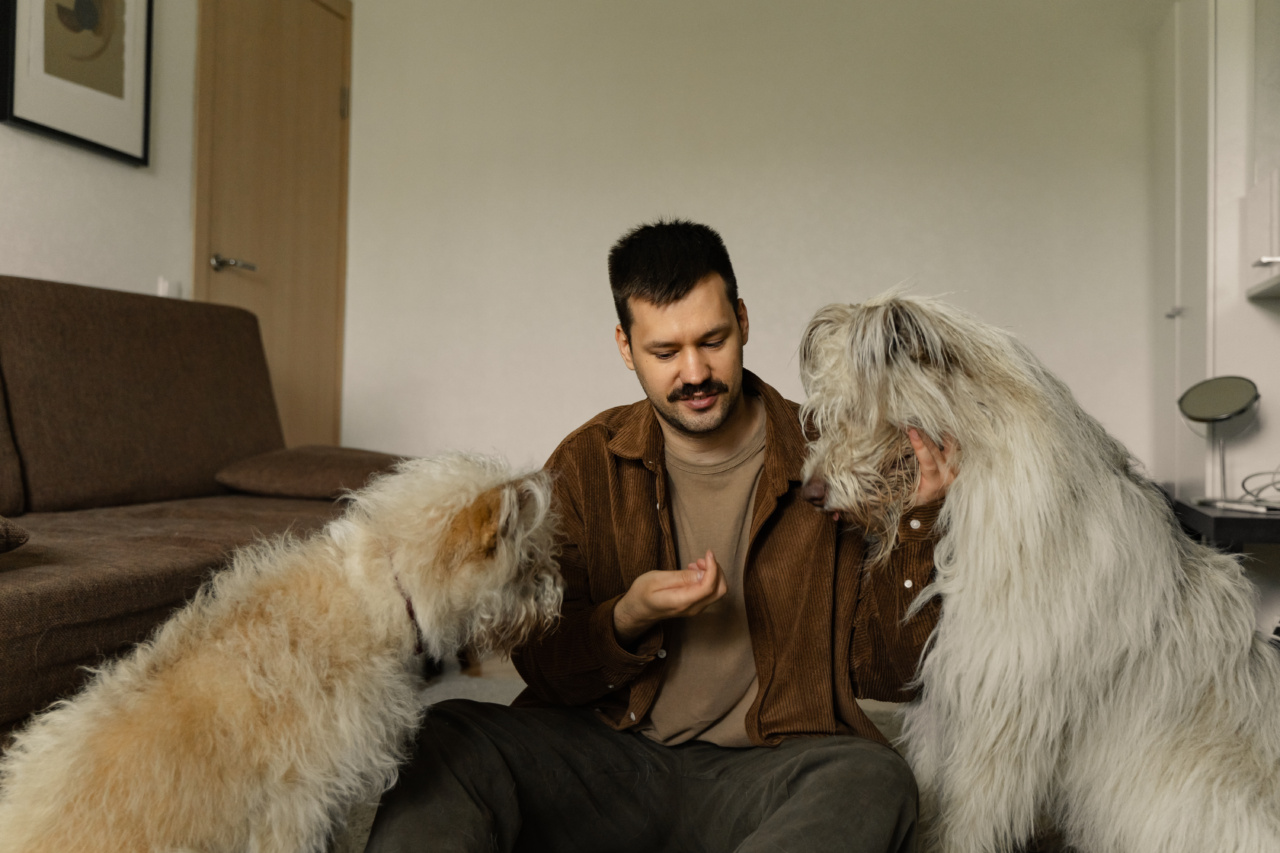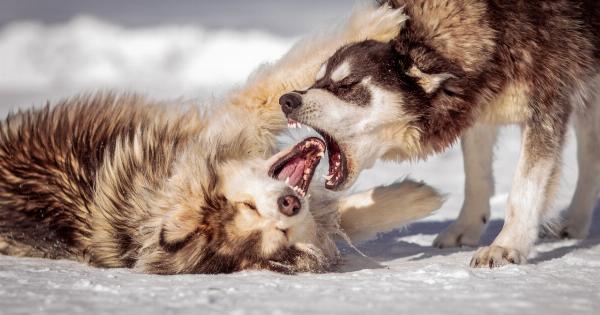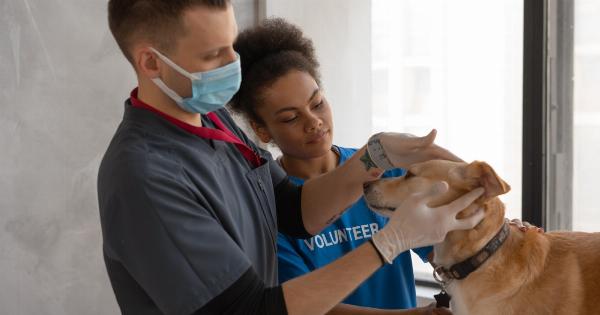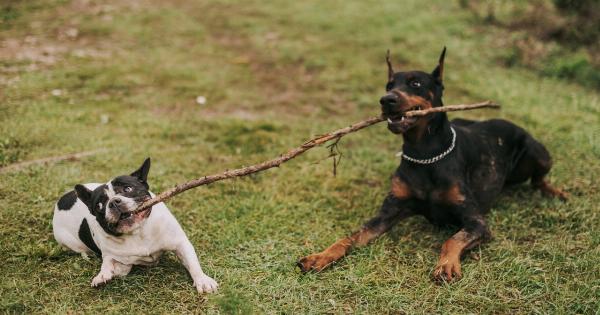Feeding dogs a raw food diet has become increasingly popular among pet owners in recent years, with many advocating for the inclusion of raw bones as part of a balanced canine meal.
Proponents of this practice argue that raw bones offer numerous benefits to dogs, such as improved dental health, mental stimulation, and a source of essential nutrients. However, while there are potential advantages, it is crucial to understand the risks associated with feeding raw bones to dogs. This article will explore the dangers involved, focusing on the potential hazards to dogs’ health and wellbeing.
1. Dental Fractures and Oral Injuries
One of the primary concerns when giving dogs raw bones is the risk of dental fractures and oral injuries.
Although raw bones are often advertised as natural dental chews that can help clean a dog’s teeth, they can also lead to disastrous consequences. The hardness of bones, particularly weight-bearing ones, can exceed a dog’s chewing capacity, causing them to fracture their teeth or suffer lacerations and punctures to their gums, tongue, or throat.
2. Choking Hazard
Another significant danger that arises from feeding dogs raw bones is the potential for choking. Bones can splinter or break into smaller pieces, especially when dogs exert strong chewing forces.
These fragments may become lodged in a dog’s throat, leading to choking or even more severe respiratory distress. This risk is particularly high with small breeds or dogs known for aggressive chewing habits.
3. Gastrointestinal Blockages
Consuming raw bones also poses a risk of gastrointestinal blockages. When dogs ingest large pieces of bone, they may struggle to pass them through the digestive system.
These obstructions can cause severe abdominal pain, vomiting, diarrhea, and, in severe cases, require surgical intervention to remove the blockage. The risk is amplified if the bones are cooked or if the dog swallows sharp bone fragments.
4. Bacterial Contamination
Bacterial contamination is another concern associated with feeding dogs raw bones. Raw meat and bones can harbor various harmful pathogens, including Salmonella and E. coli, which pose a risk to both canine and human health.
Dogs consuming contaminated bones can suffer from gastrointestinal infections, which may cause symptoms like diarrhea, vomiting, lethargy, and fever. Additionally, there is a risk of cross-contamination to humans handling the bones during preparation or disposal.
5. Pancreatitis
Dogs fed a diet high in fatty content are susceptible to pancreatitis, an inflammation of the pancreas. Raw bones, particularly marrow bones, can contain significant amounts of fat.
While some fat is essential for a balanced diet, excessive consumption can lead to pancreas-related health issues. Pancreatitis can be extremely painful for dogs and may result in symptoms like vomiting, abdominal pain, loss of appetite, and potentially life-threatening complications.
6. Nutritional Imbalances
Advocates for raw bone feeding argue that it provides dogs with essential nutrients, such as calcium and other minerals. However, it is crucial to remember that a complete and balanced diet requires a careful balance of various nutrients.
Relying solely on raw bones for essential minerals can result in nutritional imbalances, potentially leading to deficiencies or excesses in other vital nutrients. It is essential to consult a veterinarian or animal nutritionist to ensure a well-rounded diet for your canine companion.
7. Aggressive Behavior
Feeding dogs raw bones can also lead to aggressive behavior problems, especially when bones are provided without supervision or shared among multiple dogs.
The possession of highly valued resources, such as bones, may trigger possessiveness and guarding behavior, increasing the risk of aggression towards other dogs or humans who approach.
8. Allergic Reactions
Some dogs can develop allergies or intolerances to certain proteins present in raw bones. Allergic reactions can manifest as itching, skin irritation, gastrointestinal upset, or even anaphylaxis in severe cases.
It is important to monitor dogs for any signs of allergic reactions when introducing new food items, including bones, into their diet.
9. Environmental Hazards
Feeding dogs raw bones can also create environmental hazards. Bones, especially those that splinter easily, can become sharp objects that may cause injury to dogs or humans if stepped on or handled carelessly.
Furthermore, bones can create a mess, leaving oily marks or stains on furniture, carpets, or other household items.
10. Ethical Considerations
Lastly, ethical considerations should not be overlooked when discussing the dangers of feeding raw bones to dogs.
While proponents argue that raw bone feeding mimics the behavior of wild canids, it is essential to understand that domesticated dogs have evolved differently. Given the risks involved and the availability of safe and nutritionally complete alternatives, it is worth considering whether the potential dangers and ethical concerns outweigh any perceived benefits.






























